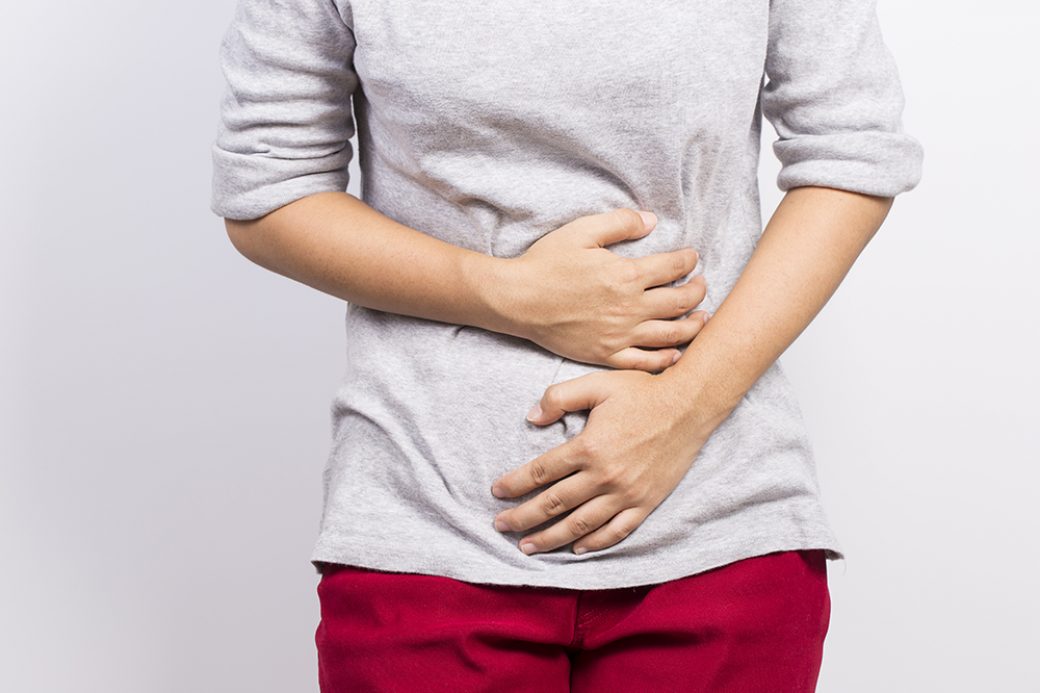According to the National Institutes of Health, nearly 5 percent of adults and 4 percent of children suffer from food allergies. Eight foods cause the most food allergy reactions: milk, soy, eggs, wheat, peanuts tree nuts, fish and shellfish.

Cynthia Rose, family nurse practitioner at University of Missouri Health Care, explains how to determine if you have a true food allergy or an intolerance, and how you can minimize the symptoms.
What are the symptoms of a food allergy?
Stomach pain is the primary symptom of a food allergy. It typically starts soon after eating. Other symptoms include bloating, constipation and diarrhea. Some foods such as milk can cause nasal congestion or post-nasal drip. Food allergies can also cause tongue swelling, throat itch, rashes, hives or even anaphylactic shock.
What is happening when you have an allergic reaction to food?
An allergic reaction to food is your body’s way of saying there is an invader in the body, so it’s time to fight it. The body triggers an immune response to the food, and it typically causes inflammation in the gastro-intestinal tract.
How is a food allergy diagnosed?
Either a skin test or blood test is required to determine whether you are suffering from one or multiple food allergies. An allergist will be able to determine if your problem is due to a true allergy or an insensitivity, which is similar to an allergy but does not have potentially serious or life-threatening symptoms.
What are the treatment options for a food allergy?
There’s no cure, pill or magic treatment for a food allergy. The best practices involve either decreasing the allergen in the diet or eliminating it altogether.
If someone has many food allergies, we might suggest a rotation diet where you still eat the allergic foods, but you rotate how often you eat them and make sure you are not eating multiple allergens in one day.
Another option might be an anti-histamine diet, which involves avoiding foods that produce histamine. Nightshade plants, which include tomatoes and eggplant, are histamine producers and can make allergic symptoms worse.
I also recommend a 21-day elimination diet to rule out foods that trigger an allergic response. This involves taking one food out of the diet for 21 days to see if you feel better. If you notice an improvement, that food likely contributed to your food allergy.
In rare cases, some providers might give you small amounts of the allergen over a prescribed amount of time. There is some evidence to suggest this could be helpful in overcoming an allergy.
Can a prebiotic and probiotic help ease food allergies and sensitivities?
Patients will start a probiotic thinking it will make their gut issues better. Research shows it might help in some cases, but the extent to which it helps is not clear. It certainly won’t be harmful to take probiotics, and there is some evidence they can be more beneficial for children than adults. I have parents who tell me if they miss giving their child the probiotic, gut pain and bloating returns. It’s not going to hurt you if you take a probiotic, and there is potential it can lead to more calmness in the gut. But there’s still a lot of research needed.



